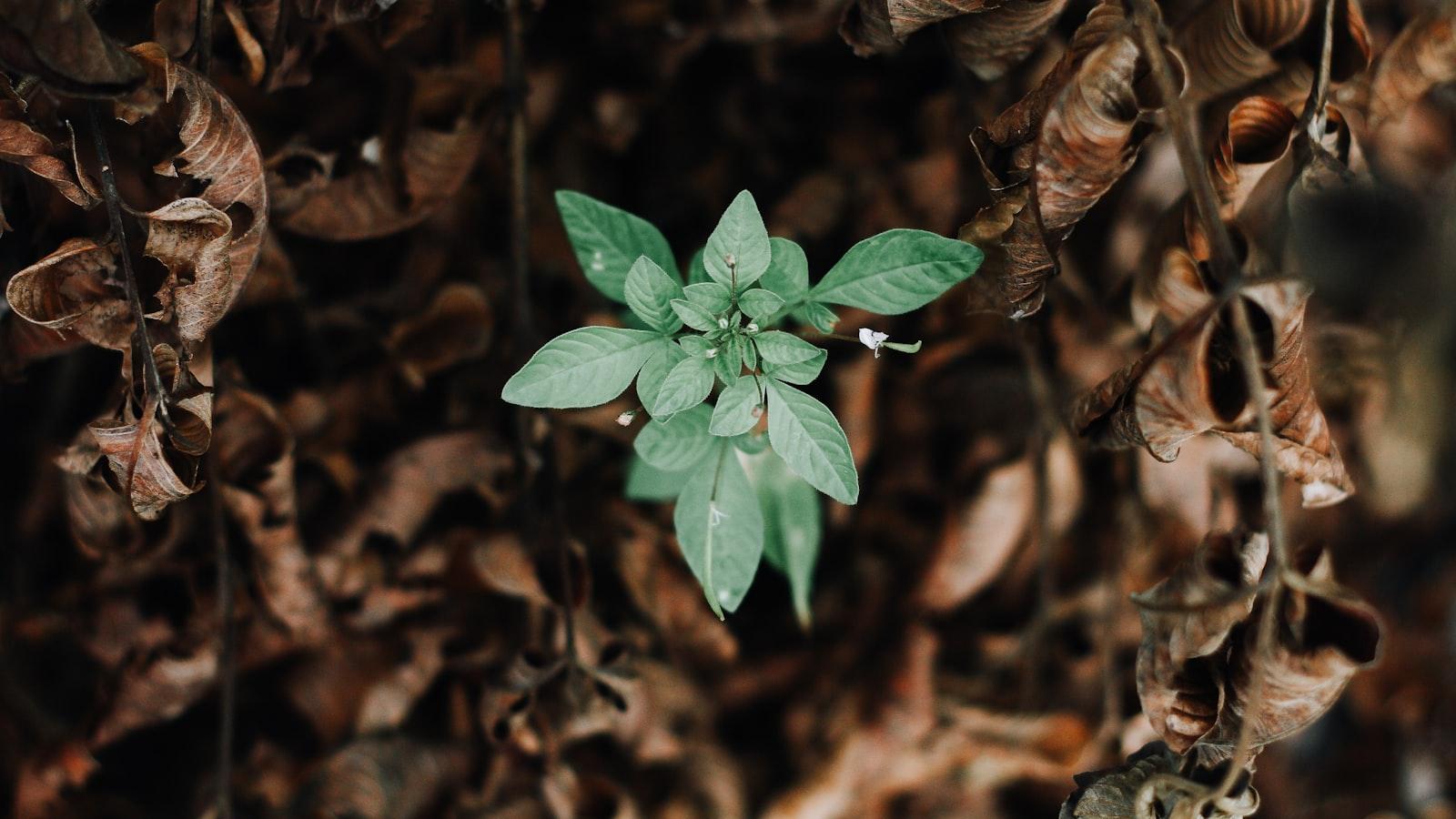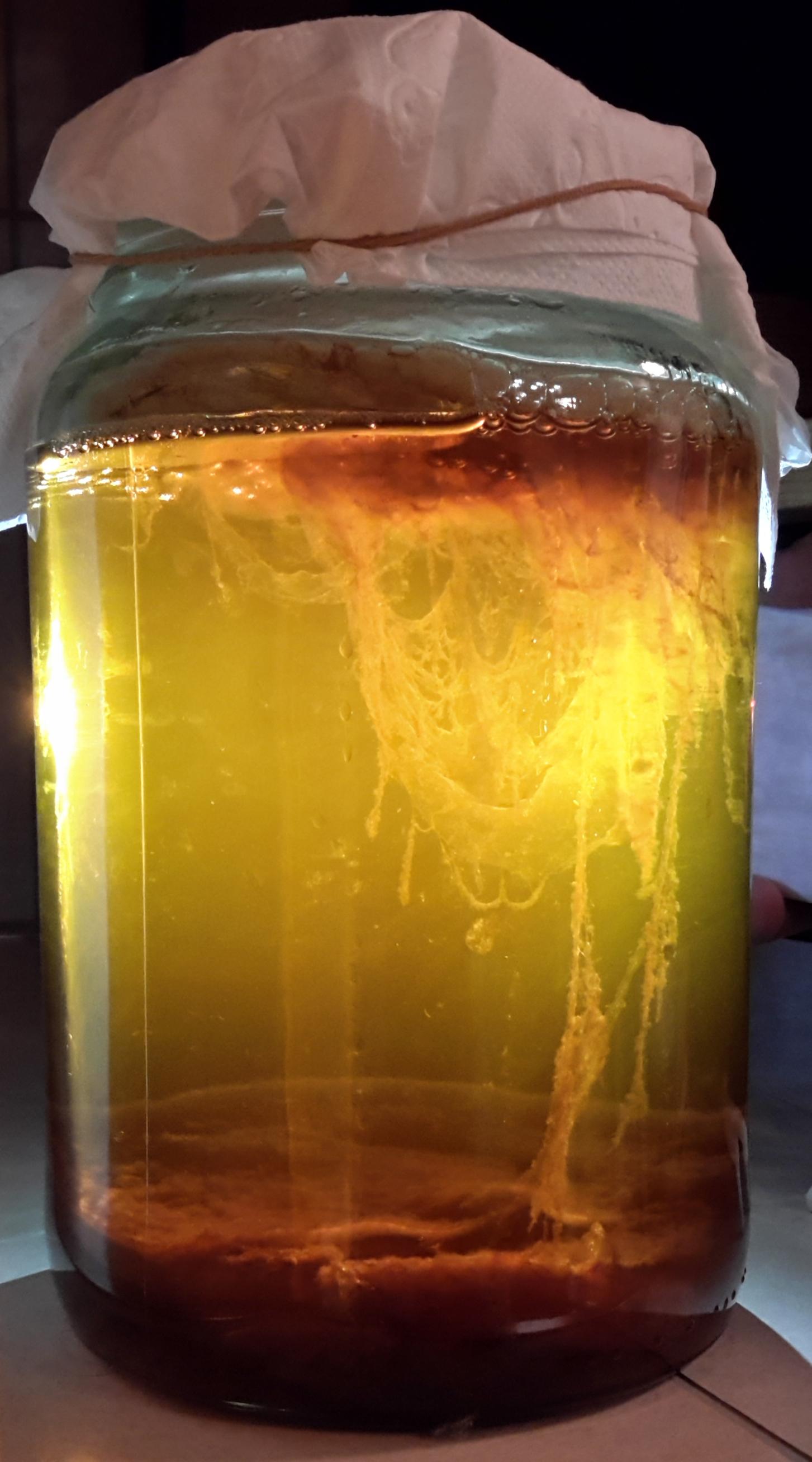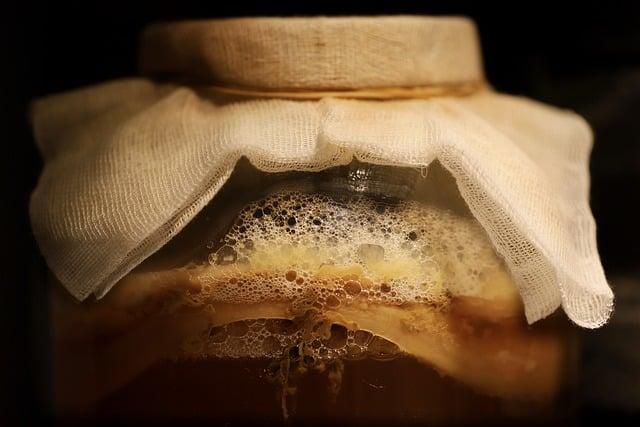In the effervescent world of kombucha brewing, where tea transforms into a tangy tonic through the magic of fermentation, there exists a lurking specter that sends shivers down the spine of many a home brewer – mold. While kombucha mold is a rare occurrence, its mere mention can spark fear and uncertainty among those nurturing their scoby babies. Join us on a journey through the fuzzy realm of kombucha mold, where we unveil the mysteries, address the concerns, and arm you with the knowledge to keep your bubbly elixir free from unwanted visitors.
Table of Contents
- Understanding Kombucha Mold: Causes and Identification
- Tips for Preventing Mold Growth in Kombucha
- Effective Strategies for Dealing with Kombucha Mold
- Maintaining a Healthy Kombucha Culture: Best Practices and Troubleshooting
- Q&A
- Closing Remarks
Understanding Kombucha Mold: Causes and Identification
Mold in Kombucha can be a common concern for brewers, as it can impact the quality and safety of the brew. Understanding the causes and how to identify mold is crucial for maintaining a healthy batch of Kombucha.
**Causes of Kombucha Mold:**
- Contaminated Equipment
- Poor Brewing Conditions
- Improper pH Levels
**Identification of Kombucha Mold:**
- Distinct Fuzzy Texture
- Unpleasant Smell
- Unusual Colors (Green, Black, or Blue)
| Cause | Prevention |
|---|---|
| Contaminated Equipment | Regular Cleaning and Sanitization |
| Poor Brewing Conditions | Proper Temperature Control |
| Improper pH Levels | Monitor pH Levels Carefully |


Tips for Preventing Mold Growth in Kombucha
When it comes to preventing mold growth in your precious batch of kombucha, a few simple yet effective tips can make all the difference. Maintaining a clean and conducive environment is key to ensuring your kombucha stays mold-free.
**Here are some handy tips to keep mold at bay:**
- Avoid contamination by using sanitized equipment.
- Ensure proper ventilation to prevent excess moisture buildup.
- Store your kombucha in a well-lit area away from direct sunlight.
- Regularly inspect your brew for any signs of mold growth.


Effective Strategies for Dealing with Kombucha Mold
When faced with the presence of mold in your precious kombucha brew, it’s essential to act swiftly and decisively to salvage your batch. Remember, mold is not a lost cause; with the right strategies, you can potentially save your kombucha and prevent future mold growth.
One effective approach is to **remove the moldy SCOBY** and any affected liquid immediately. Ensure you dispose of them safely to prevent the spread of mold. Next, thoroughly clean the brewing vessel with **vinegar or hot water and soap** to eliminate any remaining mold spores. Additionally, consider using a **vinegar or tea tree oil solution** to sanitize the container before brewing a new batch.


Maintaining a Healthy Kombucha Culture: Best Practices and Troubleshooting
When it comes to nurturing a thriving Kombucha culture, **preventing mold** is a top priority for any brewer. Mold is a common issue that can develop when proper precautions are not taken, potentially jeopardizing the health of your Kombucha. To combat this pesky problem, maintaining a **clean and sterile environment** for your brewing vessels and utensils is essential. Regularly washing your equipment with **vinegar** and hot water can help keep mold at bay. Additionally, ensure that your brewing area is **properly ventilated** to discourage mold growth.In the unfortunate event that mold does make an unwelcome appearance in your Kombucha batch, timely action is crucial. Isolating and discarding the affected batch immediately is key to preventing the spread of mold. Remember, it’s better to be safe than sorry when it comes to the health of your culture. By staying vigilant and following these best practices, you can enjoy a healthy and thriving Kombucha culture without the interference of mold.
| **Tip:** | Regularly taste-test your Kombucha to catch any off-flavors that may indicate mold presence. |
| **Reminder:** | Always cover your Kombucha vessel with a breathable cloth to prevent contamination. |
Q&A
**Q: What is Kombucha Mold and How Can You Identify It?**Q: What is kombucha mold, and why is it important to recognize it?
A: Kombucha mold is a type of fungus that can grow on the surface of your kombucha brew. It is crucial to identify it promptly as it can affect the taste, quality, and safety of your kombucha.
Q: How can you differentiate between healthy yeast and bacteria growth and mold in kombucha?
A: While yeast and bacteria colonies in kombucha are typically white, cream-colored, or brown and form a cohesive layer, mold appears as fuzzy patches that can be blue, green, or black in color.
Q: What measures can be taken to prevent mold growth in kombucha?
A: To prevent mold growth, ensure your brewing environment is clean and properly ventilated, use only sanitized equipment, and maintain the correct brewing temperature and pH levels.
Q: Is it safe to consume kombucha if mold has formed on the surface?
A: If mold is present, it is safest to discard the entire batch of kombucha to avoid potential health risks associated with consuming mold-contaminated brew.
Q: Can mold-contaminated kombucha be salvaged?
A: In most cases, it is recommended to discard mold-contaminated kombucha as mold spores can penetrate the liquid, making it challenging to salvage without health risks.
Q: What are the potential health risks associated with consuming kombucha contaminated with mold?
A: Consuming mold-contaminated kombucha can lead to allergic reactions, respiratory issues, digestive problems, and other health complications, making it crucial to prioritize cleanliness and mold prevention in brewing practices.
